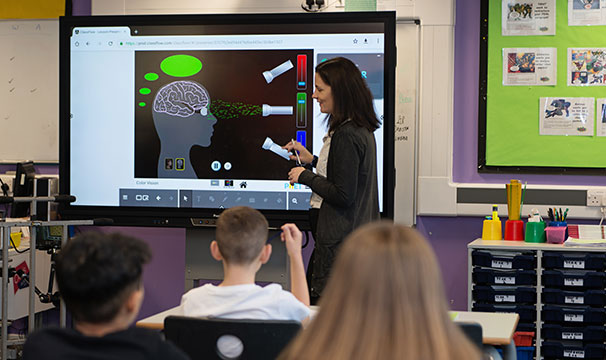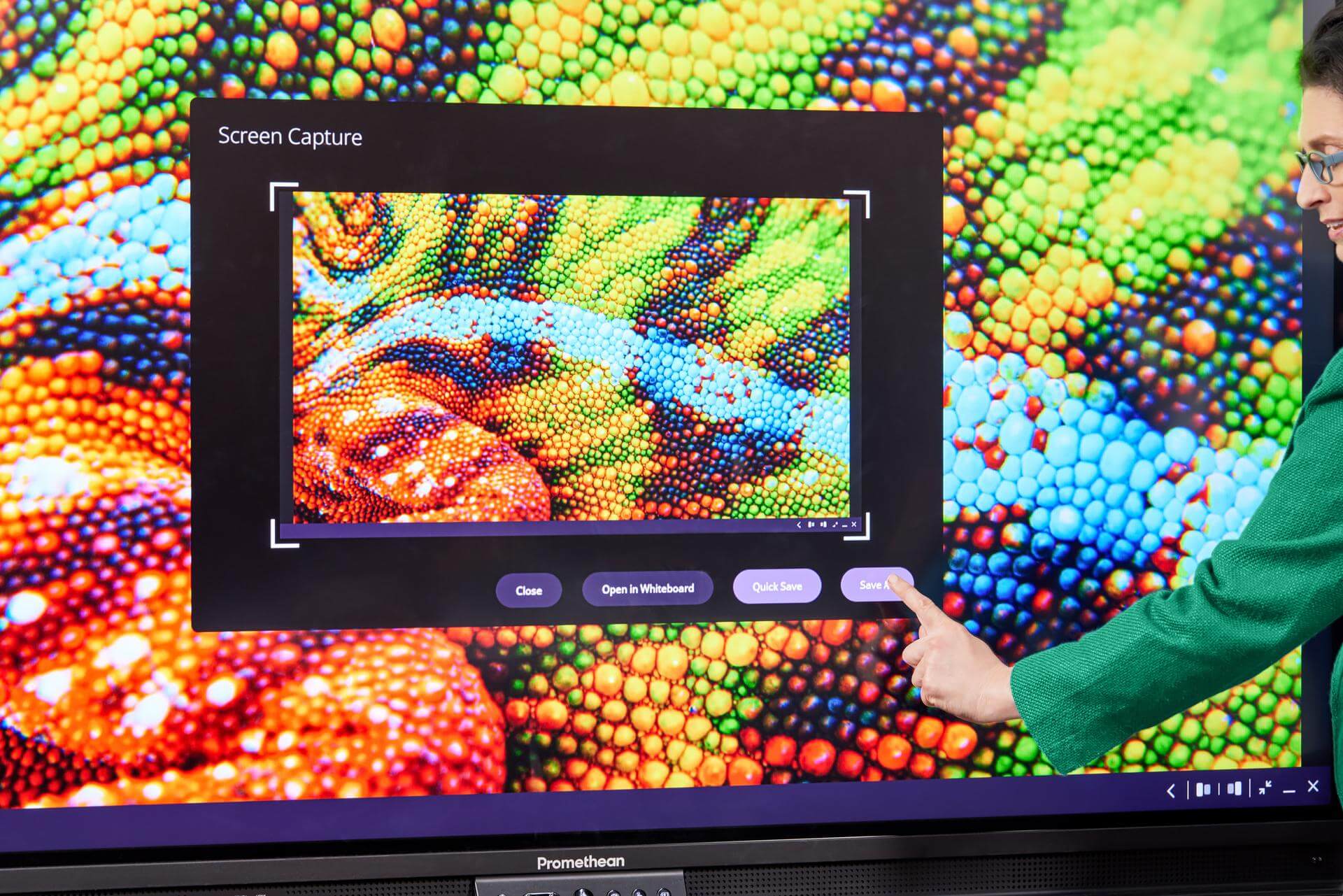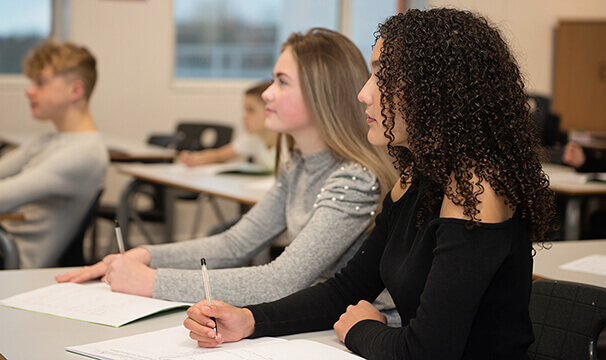The Unesco Institute for Lifelong Learning (UIL) argues that creating a culture of lifelong learning will be key to addressing current and future challenges faced globally, like global warming and issues of inequality. These predictions may sound pretty lofty, but lifelong learning: the practice of voluntary, and ongoing self-development and upskilling, has been shown to be important for self-motivation and achieving career goals.
A simple activity can get your students thinking about lifelong learning:
Have students say their interests, and create a mind map on the Instant Whiteboard app. Then open up the conversation to the class, and find ways of nurturing or learning more about these interests, listing the ideas elicited underneath.
For instance, if a student is interested in music, some suggestions that might arise are joining a choir or band, learning to play a new instrument, or listening to one new album a week. Once you’re finished, your map should be filled with plenty of ideas for students to learn and grow their skills!
How can we promote lifelong learning in schools?
When you think of areas for lifelong learning, it’s often the artistic subjects that come to mind. You probably have all the usual suspects already included in your curriculum: art, sport, music, but the issue with these is that they are often highly structured and pre-planned, with little room for self-determination.
Why not try a free art period, where students can choose the form and content of art they would like to create? This can range from digital art like image editing, to sculpture or creative writing. Allowing students to decide and shape lessons for themselves can promote independence, and potentially foster further interest in the activity they choose.
You can also include lifelong learning skills in the less artistic areas of the curriculum! Project-based learning can foster skills for life by encouraging students to think deeper about topics, and apply them to practical situations.
One of the main points in the UIL’s paper was that educational institutions shift the focus from “what to learn” to “why and how to learn”. Put simply, they want a greater emphasis on contextualising what is being learned, giving a greater personal meaning to the curriculum.
Take it home
Why not have students learn a new skill as a homework assignment? Work with each student to determine a hobby, craft, language, etc. that they have an interest in, but have never attempted to learn. Then set a time limit (30 minutes a day for two weeks, for example) for how long the class must spend practicing or learning.
Students can document progress through video or journal, showing how they went about acquiring knowledge, the speed at which they learned, the benefits of their new skill, and how they might be able to grow and nurture it in the future. Have students present their progress videos to the class on the ActivPanel, or hold a live “talent show-and-tell” for students to demonstrate their new skill.
Are you looking to foster even more independence and self-motivation within your students? Check out our blog on the highly personalised teaching method: M-learning.




